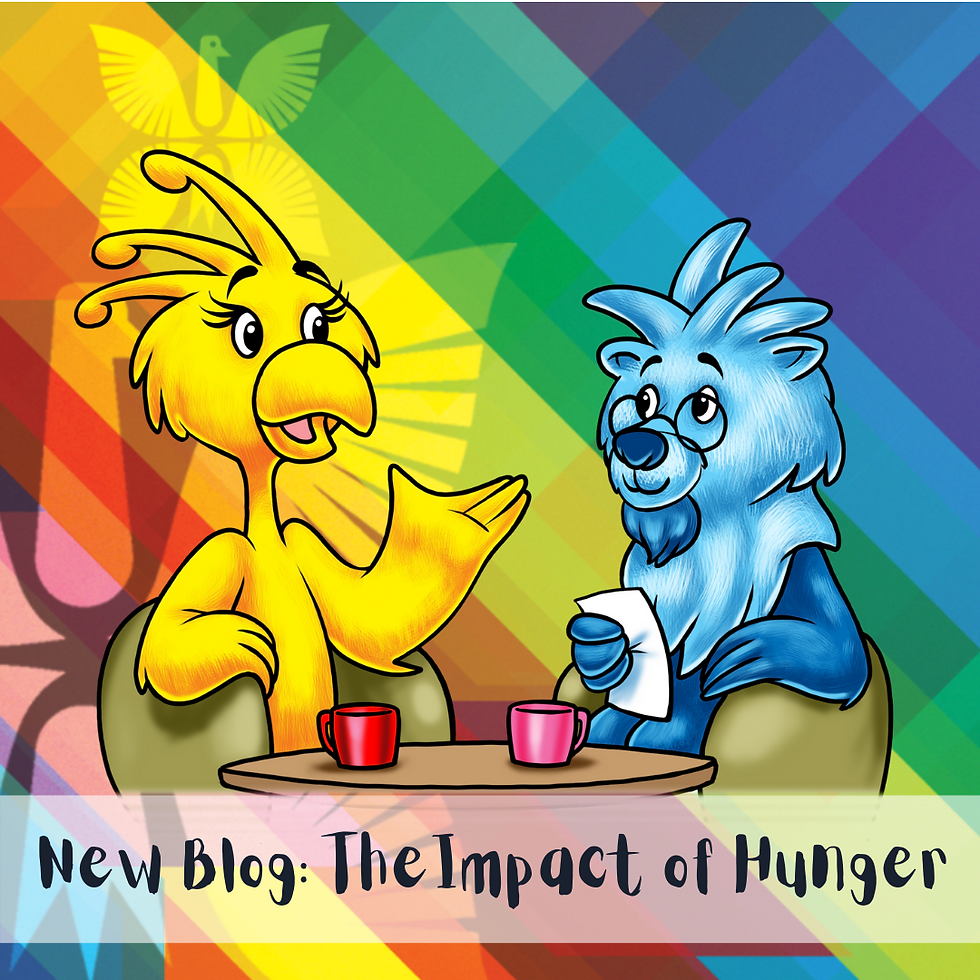How we make Bereavement a doing word
- Phoenix Education

- May 19, 2020
- 3 min read

As part of our response to Covid19, teachers and other educational professionals are aware that many of the pupils that return to school post-pandemic will have experienced the loss of a loved one.
We can expect many children to display emotions and behaviours that are in response to their bereavement. As teachers and adults working with children we need to be in a position in which we can understand and support them.
We also need to consider the impact that bereavement will have on children that are already incredibly vulnerable. We need to be prepared to see an escalated response from children that have already displayed signs of trauma and present challenging behaviours in schools. Their experiences of loss and grief are likely to be compounded by their own histories and narratives.
At a time when the education system will be focused on acceleration, ‘catching up’ and other terms to describe a desire to fill the gap of what is perceived as missed learning, bereavement is likely to cause many children, in both mainstream education and alternative provisions to become ‘stuck’ in their grief, sadness and confusion.
A familiar recipe:
Unfortunately, there are no specific or hard set symptoms of grief that we can identify within children. Instead we are likely to see a mixture of the challenging behaviours we tend to associate with children and young people that have experienced or are experiencing trauma at home or elsewhere in their lives. We also need to remember the children who may struggle with attending school after Covid19, demonstrating their fears of bereavement through an anxiety associated with leaving the ones they love.
A child’s response to grief is a familiar concoction of challenging and disruptive behaviours that are often difficult to support in a classroom environment. Many of the symptoms of grief are those behaviours we once associated with ‘bad’ children Our challenge as professionals is to ensure we nurture children that are struggling rather than punishing and further alienating them. It is no surprise that children will likely need the things that we as adults will also need, time to grief, reflect and find the words to express our own internal worlds.
With review of research informing us that child’s response to grief can include a blend of disruptive, self-destructive, reckless and aggressive behaviours, for an undefined period time, the challenge for us, really, is how do we make bereavement a ‘doing’ word so that we facilitate progression, understanding, and acceptance to overcome death and its associated grief and sadness.
A motion response:
There are hundreds of resources that have been made available to help adults understand how to respond to a child’s grief. We should, according to expert advice, allow them to speak, help them to express their emotions through art, maintain routine, follow their lead, help them understand, provide child appropriate information and seek expert support if things seem unmanageable or prolonged or in any other way, extreme.
As educators and professionals, we will know that experts - from psychiatrists to support workers - will be in low supply and huge demand following this pandemic, responding to what many of us felt was already the cusps of a mental health crisis. As educators and professionals, we are often aware that 1-to-1 support would be useful but so are equal opportunities and inclusive learning. We are in many ways restricted by our duty to serve all pupils whilst adhering to tight financial restraints, health and safety guidelines, policy and risk assessments.
Yet we also know that a classroom full of children stuck in a state of grief is implausible. Excluding children based on their challenging responses to grief isn’t an option. So, once again we ask how do we make bereavement a doing word?
A framework for moving forward:
To be useful, a framework needs to allow us to measure individual responses and tailor the support and guidance we offer whilst also moving populations (classrooms of children in this case), forward; through a process or journey that facilitates acceptance and returns our mental state to that which existed before bereavement was experienced.
In the case of Bereavement, education expert Sarah Dove has created a bridge that, through a series of tasks, facilitates the processing of emotions and a forward motion of recovery. The visual helps children and adults focus on progress and clarifies an endpoint for the grieving process.
It is a glimpse of what we as educators can present to our pupils in class and an indicator of the types of activities we should be preparing for our return to school as we determine a new normal.
We are keen to hear your thoughts, designs or ideas on how we make our return to school action based and support a forward motion for recovery, reengagement, learning and well-being.




Comments